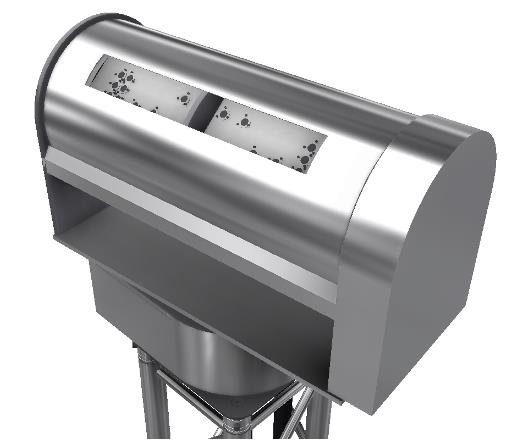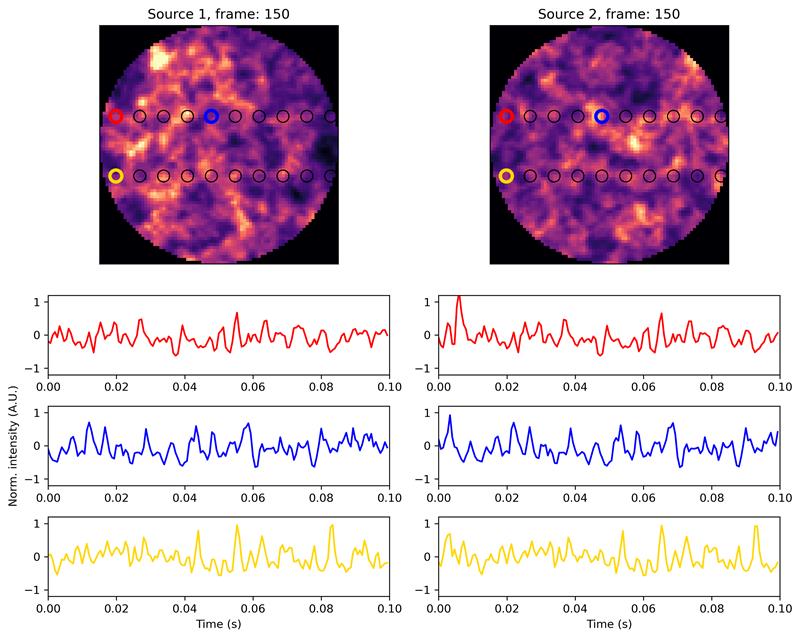Optical Turbulence for Tracing Energy in the atmospheRe (OTTER)
The OTTER (Optical Turbulence for Tracing Energy in the atmospheRe) project is pioneering a novel instrument to measure atmospheric turbulence with unprecedented spatial resolution. Combining a ground-based receiver with a drone-mounted laser transmitter, OTTER leverages the twinkling of the laser light to profile turbulent energy transport in the atmospheric boundary layer (ABL)—a critical factor in climate tipping points such as Greenland Ice Sheet melt and North Atlantic circulation shifts. The system is designed to operate autonomously in harsh environments, offering low-cost, scalable, and path-resolved measurements of heat fluxes and greenhouse gas concentrations. This capability fills an observational gap left by current satellite and ground-based methods, enabling more accurate modelling to forecast "tipping points" in these crucially important climate systems.
Over a two-year programme, OTTER will be developed and validated through rigorous testing in the UK and Iceland, with the goal of long-term deployment in Greenland. The project brings together experts in optical turbulence, unmanned aerial systems and climate science, including partners from Menapia and the University of Reading. This project is funded by ARIA's Forecasting Tipping Points programme, which aims to enhance our climate change response by developing an early warning system for tipping points.
Contact Ollie Farley

Preliminary design of the OTTER ground station "head"

Simulation of OTTER ground station array receiving laser light from the drones. OTTER exploits the twinkling of two laser sources to measure properties of atmospheric turbulence and heat fluxes


/prod01/prodbucket01/media/durham-university/departments-/physics/cfai/CfAI-Webpage-Banner-smaller.jpg)